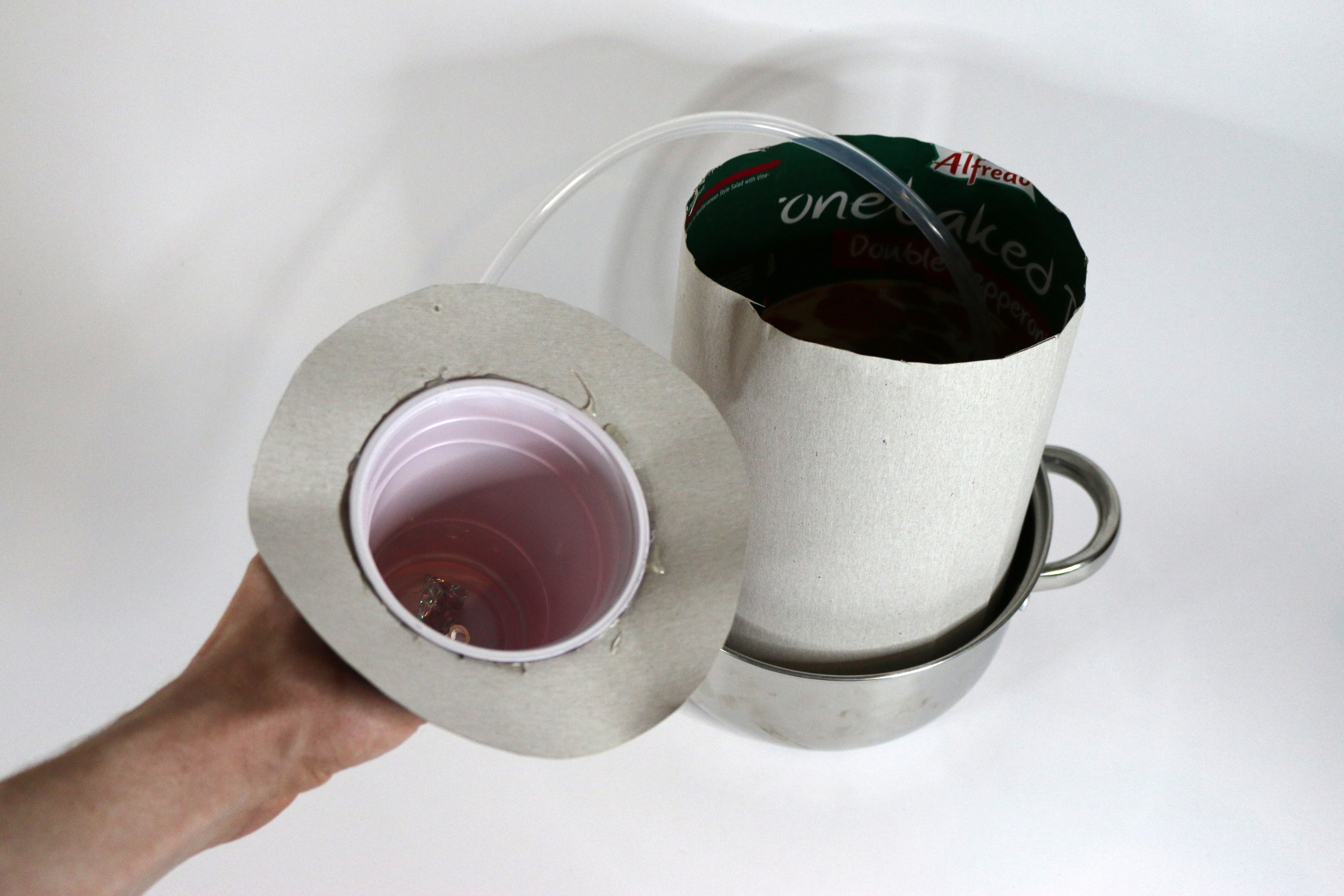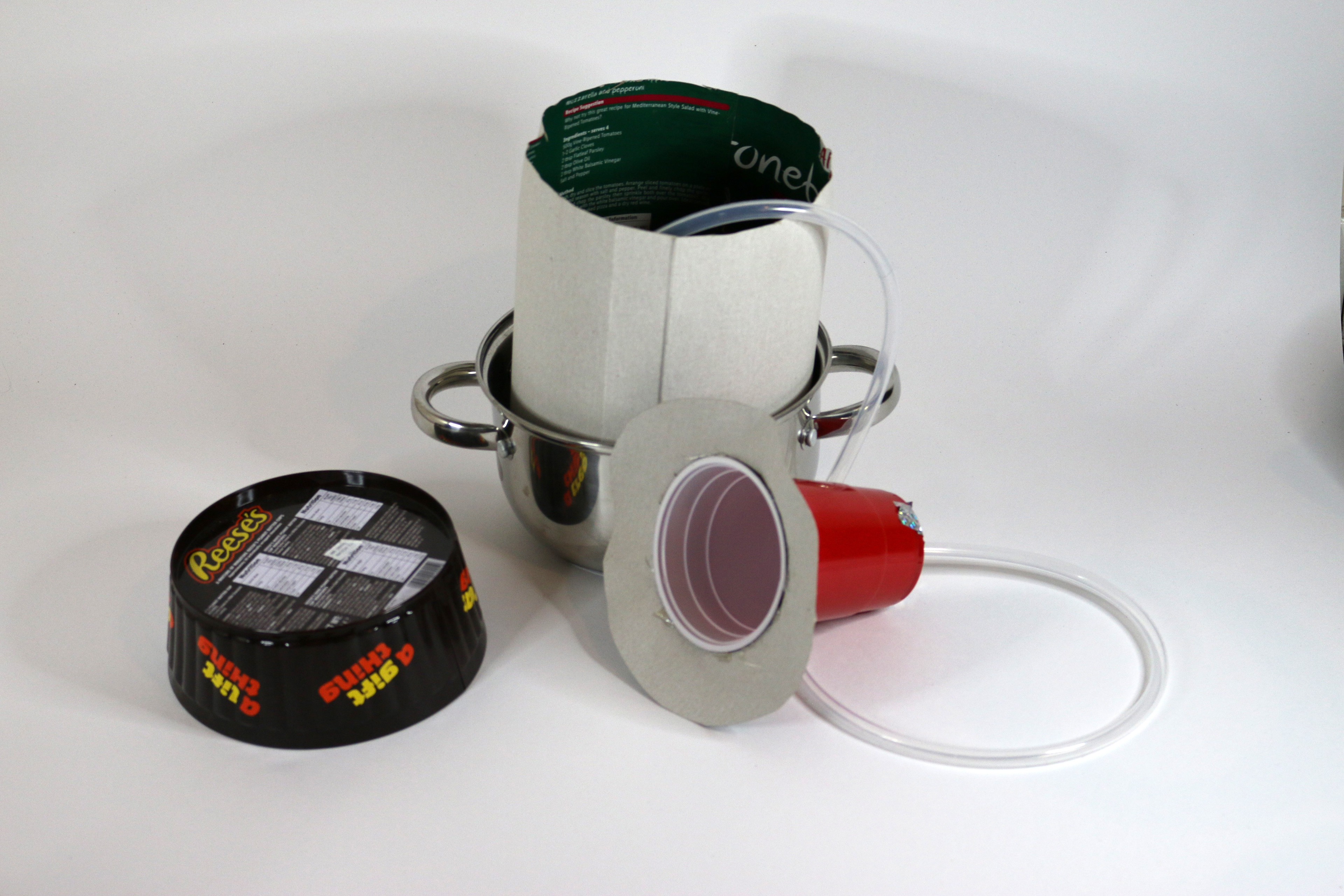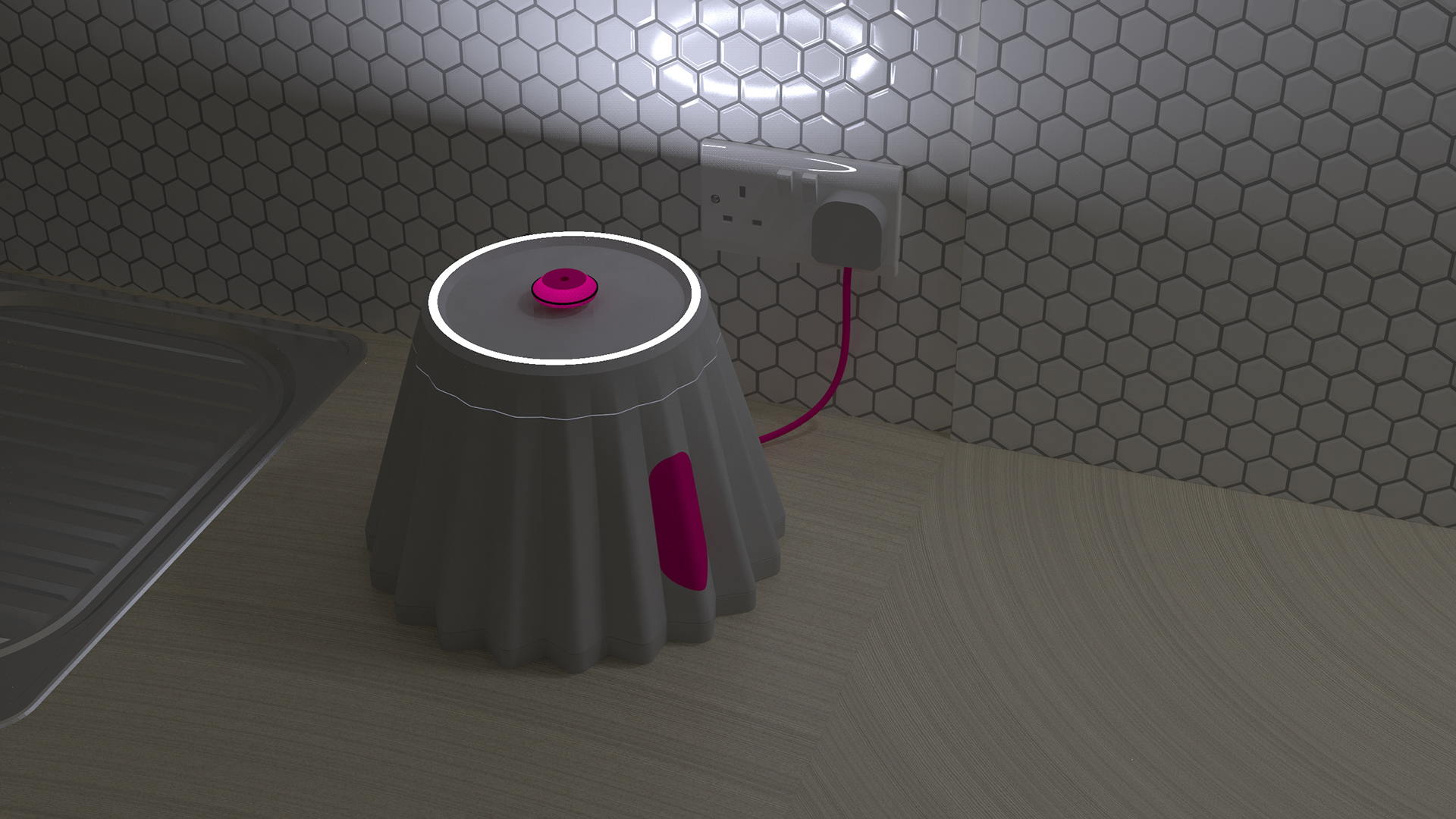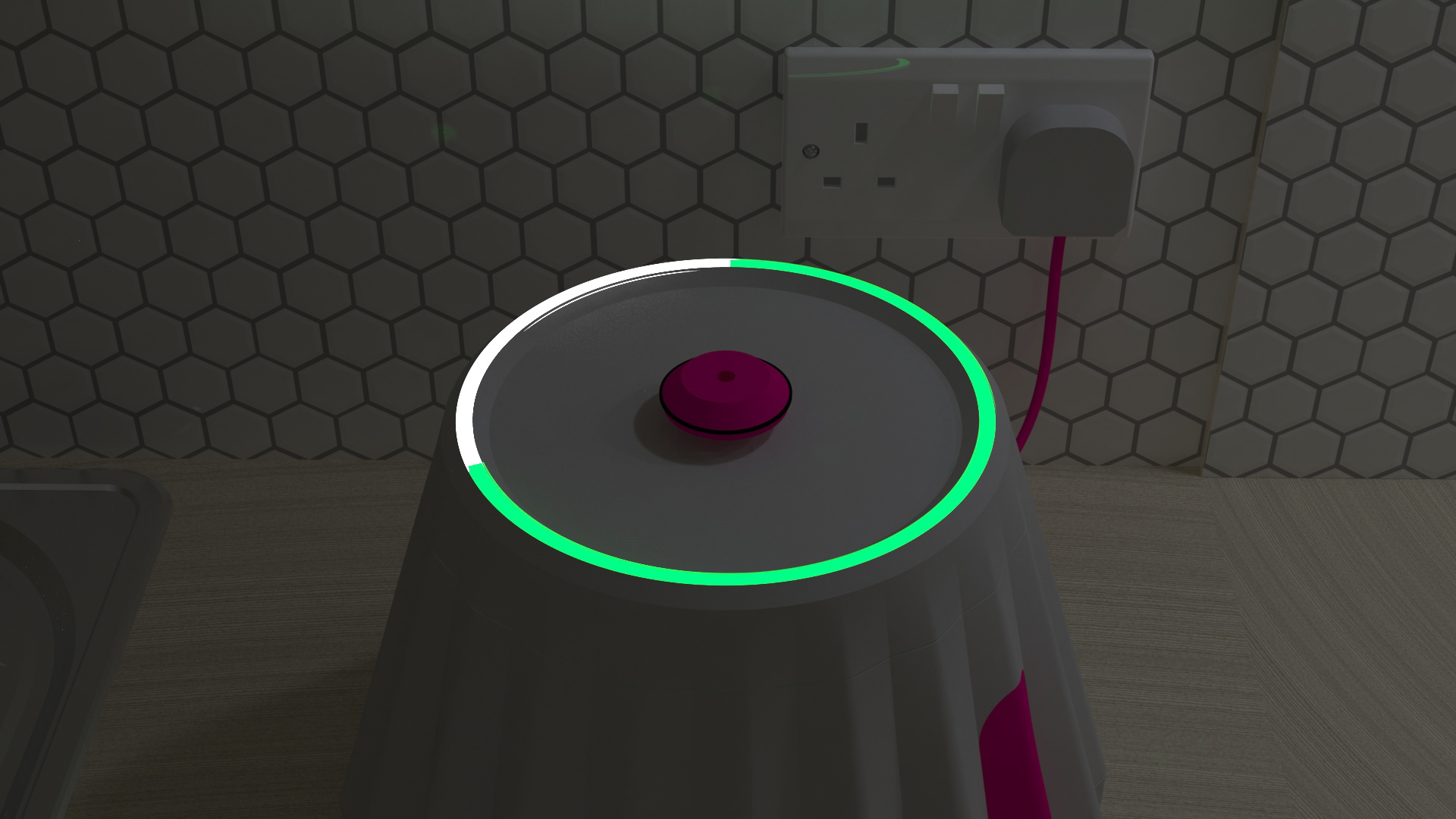" I N V E R T K E T T L E "
T H E P R O B L E M
I identified an existing problem with mainstream products excluding people with various types of disability. My goal was to create a truly innovative product that not only solves these issues, but one that would do so in a way that intrigued and entertained people as they interact with it.
T H E R E S E A R C H
I wanted to make sure any developments I made were based on research and facts, so I made sure to get as much insight into the day to day lives of people with all types of ability. I did this by having interviews with elderly people, people with arthritis, people with visual impairments, and more. As I wanted to get more of a first hand understanding during lockdown, I also utilised empathy tools to put myself in the shoes of my target market as best as I could. I used vaseline covered glasses to replicate visual impairments, thick gloves to limit my dexterity, and I added weight to existing kettles to replicate users with reduced strength. These tests gave me a huge amount of insight into how difficult kettles can be to operate for so many groups of people.



T H E P R O T O T Y P E S
I set out to make some rough prototypes at home during lockdown to directly target the problems I identified during the reseach phase. The largest problems I identified were the filling and the pouring of the kettle. I made a foam prototype of how a kettle could use a mechanism I saw online (used for pouring beer) in a way that would eliminate the need for lifting and pouring boiling water. I also used scrap materials in my flat to create a prototype that let me act out an idea of a funnel to fill the kettle, removing the need to ever lift the kettle or bear any weight at all - spmething that would be a massive benefit to many disabled users.








T H E I N V E R T K E T T L E
The design of the invert kettle boldly stands out from existing kettles on the market. The product is intuitive for people of all abilities. The neutral base colour and bold accent colours make the key interaction points immediately visible, while the shape and grooves of the kettle body naturally guide the user’s hand to the filling mechanism at the top of the kettle, features that particularly benefit visually impaired users. The bottom-heavy shape and quality materials convey safety and trustworthiness, encouraging people to use the kettle with confidence. As the kettle is fully sealed when boiling water, it boils faster and keeps water hot for longer than a kettle with a spout. The sealed container also makes the kettle quieter, a particular benefit to hearing-impaired users as kettles can disrupt hearing aids and prevent conversation.


T H E H A N D L E S
Following comments from interviewees, pop-out handles were added to give the user flexibility depending on their ability and environment. This will allow users to carry the kettle anywhere, whereas the funnel restricts the kettle placement to within a metre of a tap. This feature will likely benefit the mainstream market most, as they have less need for the funnel.






T H E M E C H A N I S M
This mechanism removes any pouring (where users are often at the most risk of injuring themselves), instead pumping water through the base of a mug. As a result, water is never exposed to touch and no lifting is required, making it safe and useable for all.
The bottom-filling mechanism of the kettle requires a matching object to be filled. These objects have a hole in the bottom with a magnetic disk to cover the hole. When the object is not on the kettle, it is seales, but when it is placed on the kettle the disk is moved to allow the boiling water to be pumped in. An NFC chip in each accessory lets the kettle detect how much water to dispense, ensuring every accessory is perfectly filled.





T H E F U N N E L
Research highlighted filling a kettle as a key problem, with even small quantities of water being too heavy to hold. The solution to this was a silicone funnel connected to the kettle by a metre-long tube, allowing users to fill the kettle without bearing any weight. When funnel is not taken out, the tube is neatly retracted into the body of the kettle.



T H E L I G H T S
Lights clearly highlight important parts of the kettle, guiding users to the top of the kettle or the centre of the base. This is particularly useful to visually impaired users or for operating in low-light environments. The lights on the top display the amount of water in the kettle so the user knows when they need to fill it up. When the user boils the water, the lights display a countdown until the water will be ready, allowing the user to do other tasks while maintaining context of when the water will be boiled.





T H E B A S E A N D C A B L E
An extra-long cable retracts into the base to keep the exposed cord to a minimum, benefitting both safety and aesthetics. This gives users flexibility in where to place the kettle as the long length can keep the kettle connected to far-away sockets, while the retracting mechanism keeps excess cable hidden. The grippy rubber base ensures the kettle does not slide around when knocked accidentally, letting users of all abilities physically interact with the kettle without fear of knocking it over. The part that connects the base to the kettle lights up, helping users find the base in dark situations. This part is angled to allow users with poor precision to easily slide the kettle into position.



